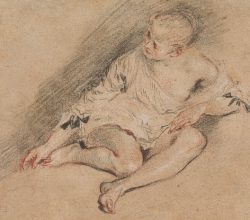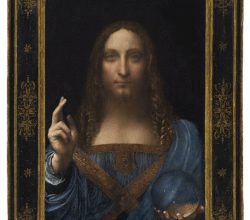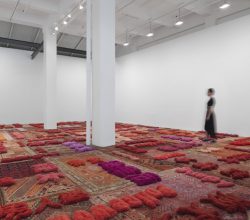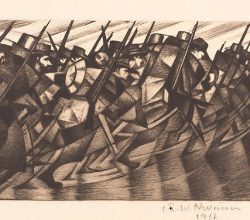
Collecting Strokes of Genius
Holland Cotter | The New York Times | 12th October 2017
Wow … “one of the paramount group drawing shows of the era”! A distinguished collection of drawings, gifted to the Morgan Library, includes “heartbreaking” Rembrandt, “gossamer-handed” Tiepolo, “beyond superb” Palmer and others. 16th century drawing was moving toward “a medium for inventing rather than recording”. [By the 18th century] “drawing as a vehicle for fantasy took full flight”. More images are here.




